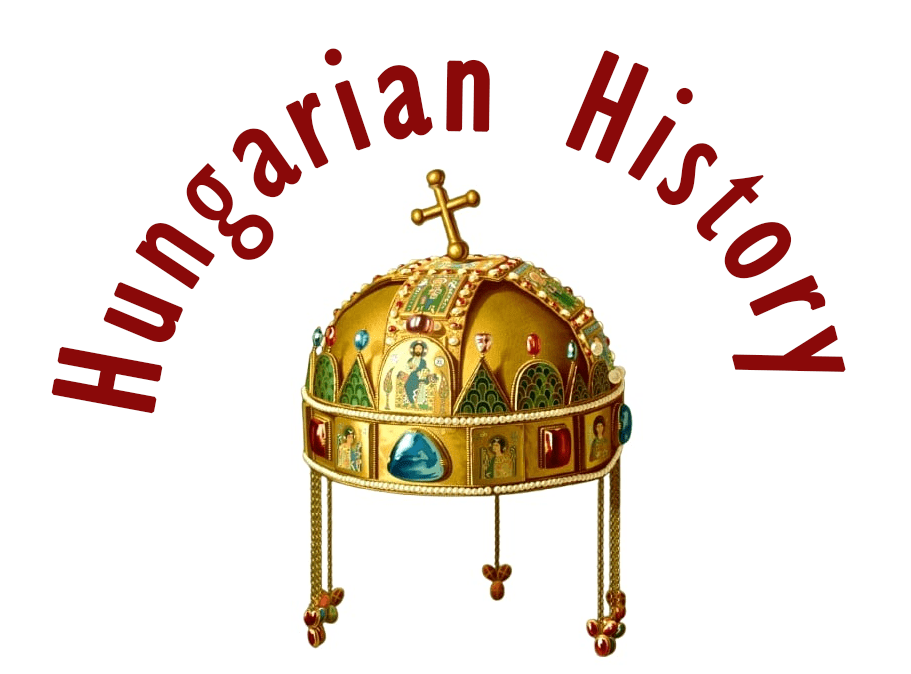Kőhalom
Since the beginning of the world, there has been a castle on the highest hill of Kőhalom (it means “a pile of stones” in the Hungarian language). Here was the castle of the Kuman Repcaba, which, not surprisingly, means a pile of stones in Hungarian, here was the castle of the Dacian Ramidava, the Roman Rupes, and, of course, there was a Hungarian royal castle. For the Saxons, it should be mentioned that Kőhalom is Reps in German and Räppes in Saxon.

Kőhalom (Räppes, Reps, Rupea) castle is located in Transylvania, Romania. Today, it is one of the largest ruined castles in Transylvania. It was Hungarian King Géza II (1141-1162) who invited the Saxon settlers to Transylvania and built Kőhalom castle which was called Kozd at that time. Like most of the castles, Kőhalom also belonged to the Hungarian king during the reign of the Árpád dynasty. The castle was besieged by the Voivode of the Hungarian king, Tamás, in 1324, who was trying to take the rebelling Saxons’ fort that was mentioned as Kuholm in a document.

You can read about the German Saxons of Transylvania here:
https://www.hungarianottomanwars.com/essays/who-were-the-german-saxons-in-transylvania/
The citadel was the administrative capital of one of the Seven Saxon Seats in Transylvania. The Ottoman Turks destroyed and plundered it in 1421 but it was reinforced in the 15th- 16th century with walls and towers. Kőhalom was not a strategically important castle, and the Transylvanian princes handed the castle over to the town at the end of the 16th century so the Saxon town became the owner of the fort. As soon as they got it, the Germans began to reinforce its walls. By the 1620s, they have constructed the inner yard of the middle castle, right below the inner castle.

During the service of Royal Judge David Weyprauch, the western wall was built and a new well was dug in the lower castle. The well was built in 1623 and is 59 meters deep. They built the Szalonnás (Bacon) Tower and the Servants’ Tower not much later. A peculiarity of the castle was that in 1613 a cannon was installed to defend it. Its artillery probably didn’t do much for the defense, but it must have had a greater effect on the minds of the people. The middle gate was ready in 1643. The city’s Evangelic priest was Bartholomäus Bausner (1629–1682).

Pasha Ali took the fort in 1661 and even the famous Ottoman traveler Evlia Cselebi mentioned it in his work. The castle was liberated only in 1691 and it was renovated between 1691-99. The rebelling Kuruc troops of Prince Rákóczi Ferenc took it in 1704 without a fight. Then, the place became abandoned but the local folks, according to the Transylvanian habit used some of its buildings for storing their food for many centuries.

According to the statistics of 1910, there were 2941 inhabitants in the settlement, 1230 of whom were Germans, 975 Romanians, and 425 Hungarians. In the modern days, according to the survey of 2002, there were ( and in the settlements which belong to Kőhalom) altogether 5759 inhabitants, from which 4063 were Romanians, 1245 Hungarians, 338 Gypsies, and 113 people from other ethnic groups. The exodus of the Saxon people from Transylvania is a painful reminder for all of us.

László Gyula, the famous Hungarian historian professor, and the father of the so-called “double-home taking” theory was also born in Kőhalom in 1910. In the 1960s, the Romanian state partially renovated the castle. And when it was renovated, a movie was shot in the castle. However, poverty is also a major factor, so the wood from the restored castle slowly served as firewood for the locals, and the castle fell into disrepair again.

The castle in Kőhalom is one of the few castles preserved for posterity, having been restored between 2011 and 2013. The renovation of the castle was supported by the European Union’s Regional Operational Program with 28 million euros. From the courtyard of the castle, there is a very nice view of the town and the surrounding hills, a driveway leads up to the castle and a spacious parking area makes it an easy stop for passing through.

Sources: Hungarian Wikipedia and https://www.terjhazavandor.ro/kohalmi-var/
Dear Readers, I can only make this content available through small donations or by selling my books or T-shirts.
If you like my writings, please feel free to support me with a coffee here:
You can check out my books on Amazon or Draft2Digital, they are available in hardcover, paperback, or ebook:
https://www.amazon.com/dp/198020490X
or at https://books2read.com/b/boYd81


My work can also be followed and supported on Patreon: Become a Patron!http://Become a Patron!


